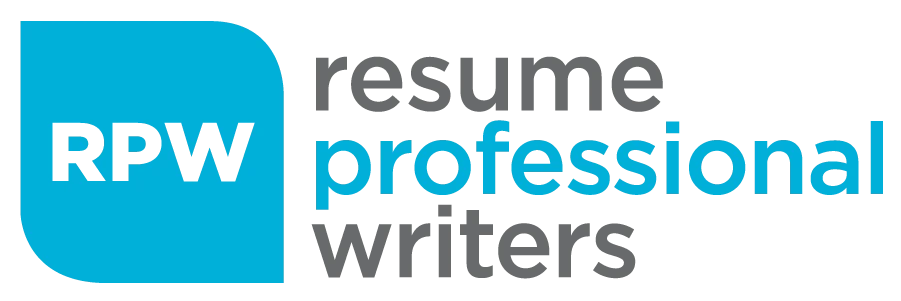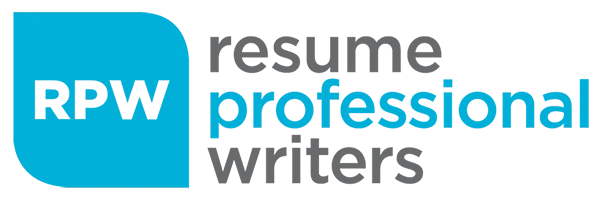We understand the power of setting clear professional objectives. Goals development is a cornerstone of career advancement and personal growth.
In this post, we’ll explore the steps to create effective professional development goals and provide practical examples to inspire your journey. Whether you’re aiming for a promotion, switching careers, or enhancing your skills, these insights will help you chart a path to success.
What Are Professional Development Goals?
Defining Career-Focused Objectives
Professional development goals form the foundation of career growth and personal advancement. These goals are specific targets you set to improve your skills, knowledge, and abilities in your professional life. They act as a roadmap, guiding you towards becoming the best version of yourself professionally.
The Impact of Well-Crafted Objectives
Setting career-focused objectives isn’t just a feel-good exercise; it’s a proven strategy for success. A study by the University of Scranton found that people who explicitly make resolutions are 10 times more likely to attain their goals than those who don’t. In the professional world, this translates to faster promotions, higher salaries, and greater job satisfaction.
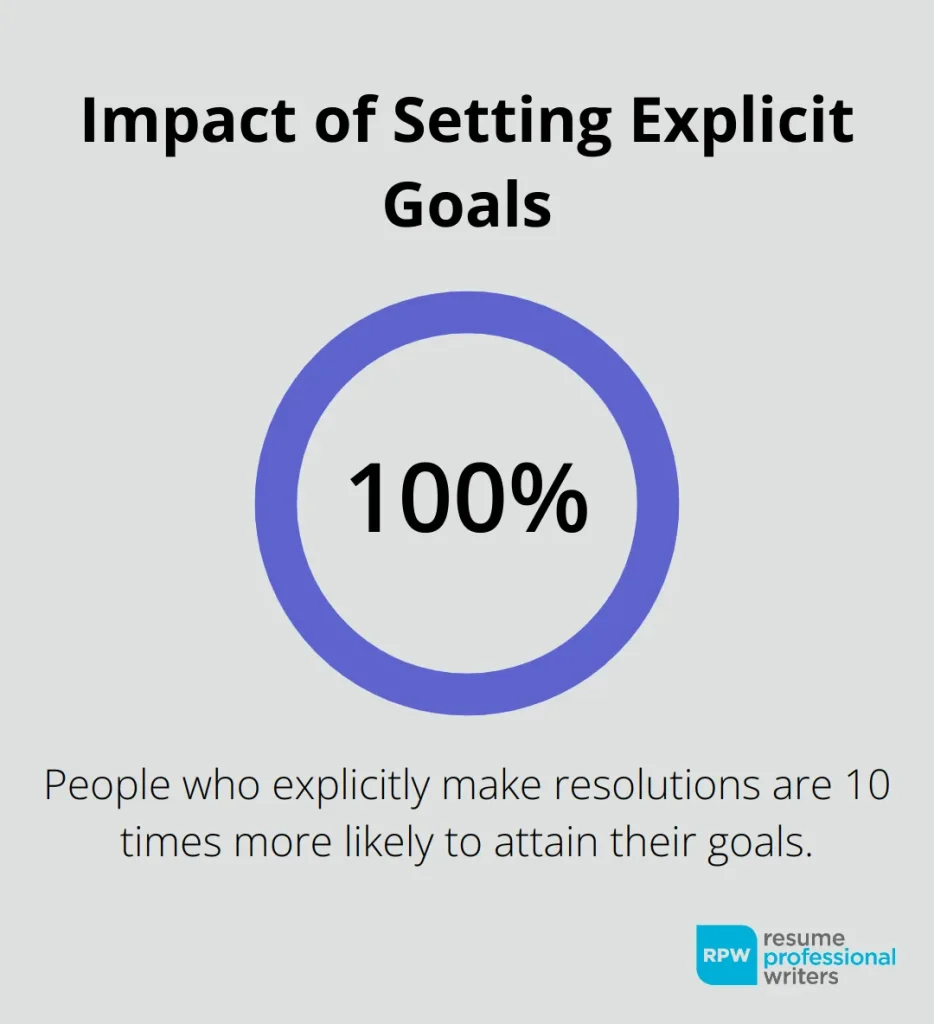
Clear professional development goals help you:
- Focus your efforts
- Measure your progress
- Stay motivated when faced with challenges
Aligning Personal Growth with Organizational Needs
One of the most powerful aspects of professional development goals is their ability to align personal aspirations with organizational objectives. This alignment creates a win-win situation where your growth directly contributes to your company’s success.
For example, if you work in marketing and set a goal to master data analytics, you’re not just enhancing your skill set. You’re also positioning yourself to make more data-driven decisions that can boost your company’s marketing ROI. A report by McKinsey indicates that companies using customer analytics comprehensively see a 126% profit improvement over competitors.
The Ripple Effect of Professional Development
The impact of professional development goals extends far beyond your individual career. When you invest in your growth, you become a more valuable asset to your team and organization. You bring fresh ideas, innovative approaches, and enhanced problem-solving skills to the table.
Moreover, your commitment to growth can inspire your colleagues. A study by the Association for Talent Development found that companies offering comprehensive training programs have 218% higher income per employee than those with less comprehensive training.
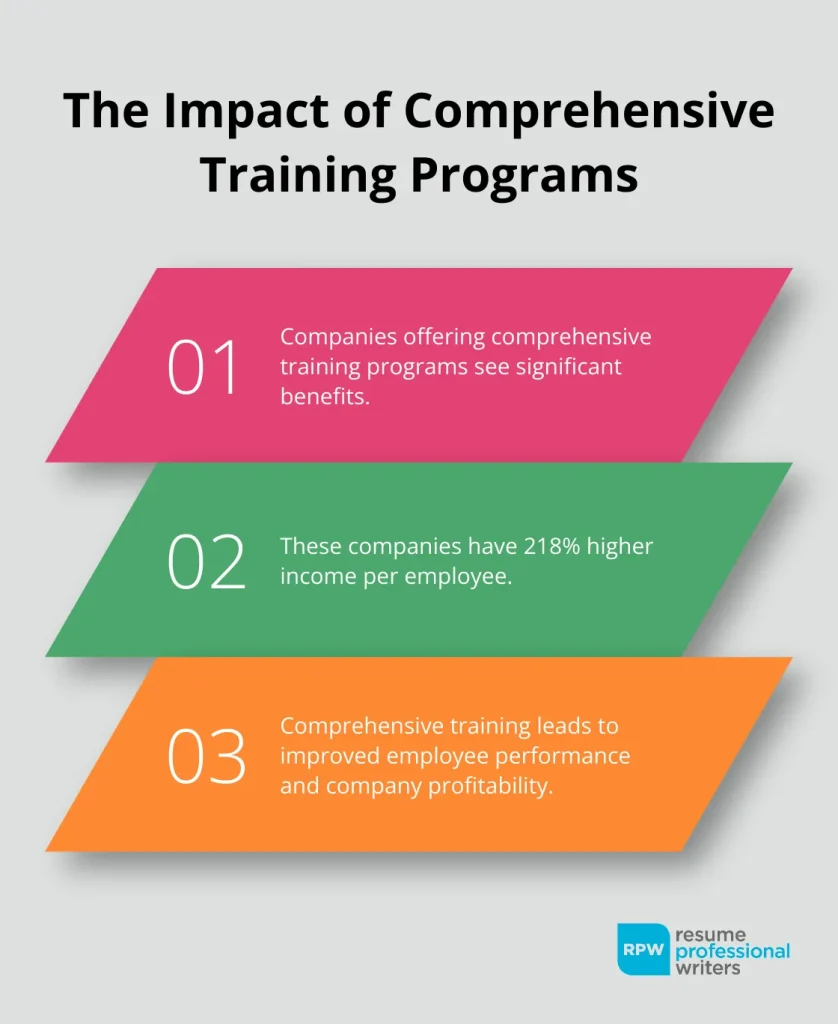
Setting the Stage for Success
Whether you’re aiming for a promotion, transitioning to a new industry, or simply want to excel in your current role, well-defined professional development goals are your ticket to success. They provide direction, motivation, and a clear path to achieving your career aspirations.
In the next section, we’ll explore the practical steps to set these goals effectively, ensuring you’re on the right track to professional growth and success.
How to Set Effective Professional Development Goals
1. Start with a Thorough Self-Assessment
The first step in setting effective professional development goals is to conduct a comprehensive self-assessment. Use tools like the Myers-Briggs Type Indicator or the CliftonStrengths assessment to gain deeper insights into your personality and natural talents. A study by Gallup reveals that people who use their strengths every day are six times more likely to be engaged on the job.
Evaluate your career aspirations next. Consider where you want to be in one, five, or ten years. Identify the skills and experiences you’ll need to reach these milestones. This reflection will help you pinpoint gaps between your current abilities and your future goals.
2. Identify High-Impact Areas for Growth
After completing your self-assessment, focus on areas where improvement will significantly impact your career. Prioritize skills that are in high demand in your industry or align closely with your career aspirations.
For instance, if you work in marketing, learning data analytics could be a game-changer. A report by the American Marketing Association found that marketers who use data analytics are 1.7 times more likely to report a competitive advantage in customer engagement/loyalty than their peers who don’t.
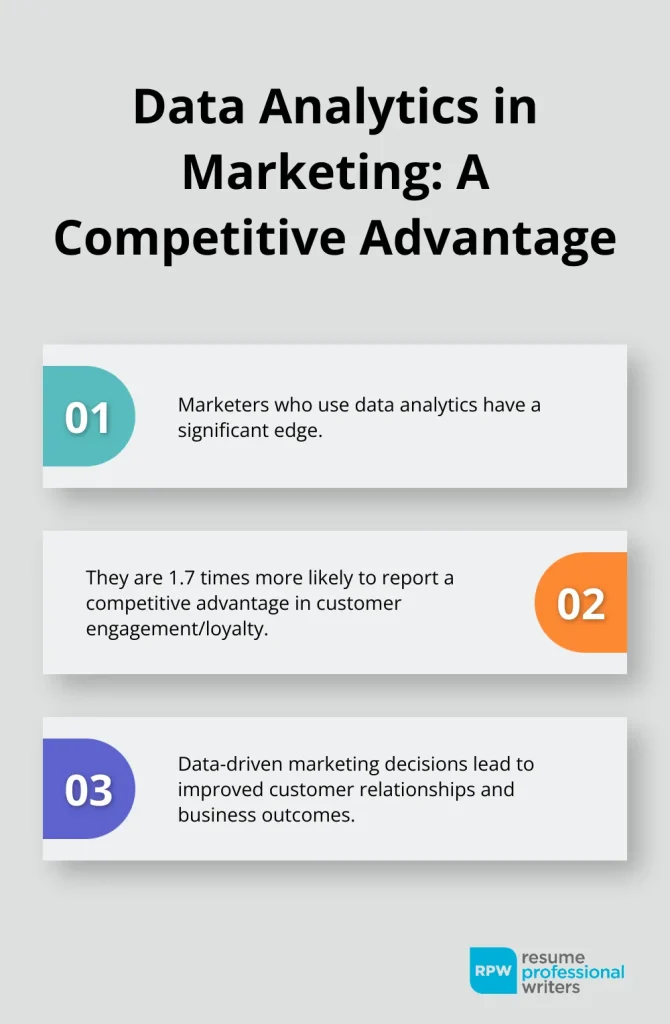
3. Craft SMART Goals
Transform your identified growth areas into SMART goals. This framework turns vague aspirations into concrete, actionable objectives.
Instead of “improve public speaking skills,” a SMART goal would be “Deliver a 15-minute presentation at the quarterly company meeting in three months, receiving positive feedback from at least 80% of attendees.”
4. Create a Detailed Action Plan
Your action plan serves as the roadmap to achieving your goals. Break each goal down into smaller, manageable tasks with specific deadlines. Include the resources you’ll need, potential obstacles, and strategies to overcome them.
For example, if your goal is to earn a project management certification, your action plan might include:
- Research certification options (1 week)
- Choose a certification program (2 days)
- Register for the exam (1 day)
- Create a study schedule (2 days)
- Complete online course materials (8 weeks)
- Take practice exams (2 weeks)
- Schedule and take the certification exam (1 day)
Build in accountability by sharing your goals with a mentor, colleague, or supervisor who can provide support and check in on your progress regularly.
5. Track Your Progress and Adjust
Regularly monitor your progress towards your goals. Use a goal-tracking app or a simple spreadsheet to record your achievements and setbacks. This practice will help you stay motivated and identify areas where you might need to adjust your approach.
Don’t hesitate to revise your goals if circumstances change or you encounter unexpected challenges. Flexibility is key to long-term success in professional development.
Now that you understand how to set effective professional development goals, let’s explore specific examples to inspire your own goal-setting process. These examples will cover a range of career stages and industries, providing you with a diverse set of ideas to adapt to your unique situation.
Practical Examples of Professional Development Goals
Mastering Leadership Skills
Leadership development stands out as a common goal for many professionals. A specific example: “Lead a cross-functional team project within the next six months, resulting in a 15% increase in department efficiency.” To achieve this, you could:
- Enroll in a leadership course at a local university or through online platforms
- Seek out mentorship from a senior leader in your organization
- Volunteer to lead smaller team initiatives to build experience
- Read one leadership book per month and implement key takeaways
Enhancing Technical Proficiency
In today’s digital landscape, technical skills prove invaluable. A data analyst might set this goal: “Become proficient in Python for data analysis within four months, capable of automating at least three weekly reporting tasks.” The action plan could include:
- Complete a Python for Data Science course on online learning platforms
- Work on a personal data analysis project using Python
- Join a local Python user group for peer learning and networking
- Gradually incorporate Python into daily work tasks, starting with simple scripts
Expanding Professional Network
Networking plays a critical role in career growth. A sales professional might try to “Increase industry connections by 30% and secure two speaking engagements at industry conferences within the next year.” Steps to achieve this could involve:
- Attend at least one industry event per month
- Actively engage on LinkedIn by sharing insights and commenting on posts daily
- Reach out to one new contact per week for informational interviews
- Pitch presentation ideas to conference organizers
Acquiring New Certifications
Certifications can significantly boost your career prospects. An IT professional might set this goal: “Obtain AWS Certified Solutions Architect certification within six months to qualify for senior cloud architect roles.” The plan might include:
- Enroll in an AWS certification preparation course
- Dedicate 10 hours per week to study and hands-on practice
- Join an online study group for peer support and knowledge sharing
- Schedule and take practice exams every two weeks to track progress
Developing Soft Skills
Soft skills receive increasing value in the workplace. A project manager might try to “improve team communication effectiveness, resulting in a 20% reduction in project delays over the next quarter.” Actions to support this goal could be:
- Attend a workshop on effective communication strategies
- Implement daily stand-up meetings to address issues promptly
- Create a feedback system for team members to voice concerns
- Practice active listening techniques in all interactions
These examples serve as inspiration for your own goal-setting process. Tailor them to your unique situation and career aspirations. (Remember, specificity and measurability are key components of effective professional development goals.)
Achieve Your Career Aspirations Today
Professional development goals form the foundation of career growth and personal advancement. The process of goals development enhances skills, aligns aspirations with organizational needs, and creates a win-win situation for employees and employers. Specificity, measurability, and commitment are essential elements in setting objectives that challenge and inspire.
We understand the importance of articulating professional growth effectively. Our team specializes in crafting powerful resumes and career documents that showcase skills, achievements, and potential. We can help you present your professional development in a way that resonates with employers and opens doors to new opportunities.
Take action today to set your goals and create a plan for continuous growth and success in your career. Your future self will appreciate the investment you make in your professional development now. Contact us or visit our career advice blog to learn how we can support your career journey (and help you achieve your professional goals).
